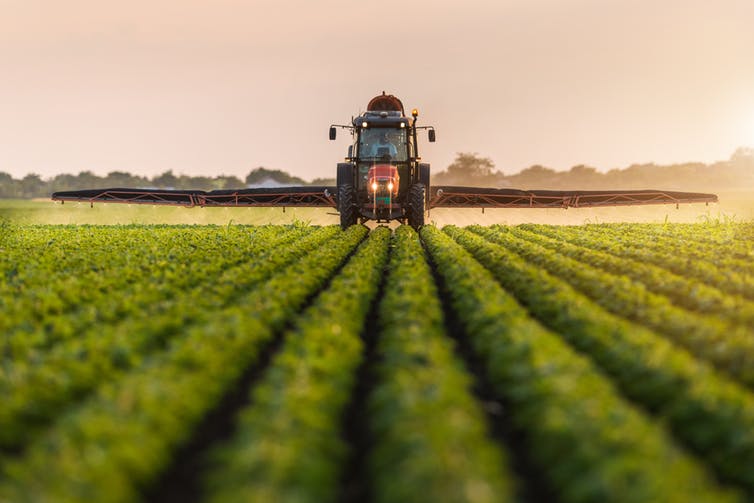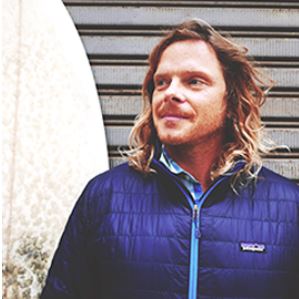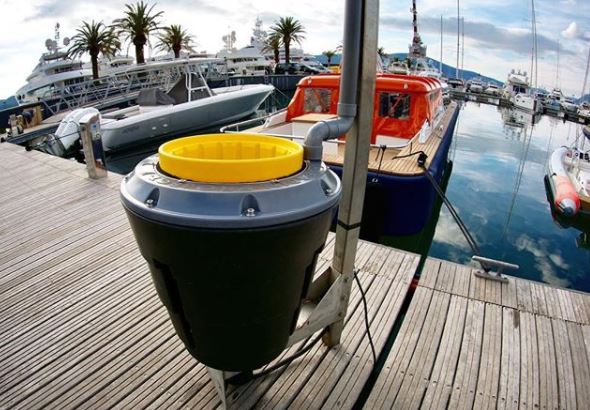- sourcing 100% of its wood, paper and cardboard from more sustainable sources, defined as recycled or FSC® certified wood
- using cotton sourced from “more sustainable” sources, such as “Better Cotton“
- that 90% of products will be more sustainable with substantiated environmental improvements
- that as a global business it produces as much renewable energy as it consumes.
With over 400 stores worldwide, roughly 170,000 employees, 915 million customers each year and sales revenue exceeding EUR 34.2 billion (in FY2016 this equated to USD $37.6 billion), we wonder: Good intentions aside, can IKEA ever be sustainable?
First, some background.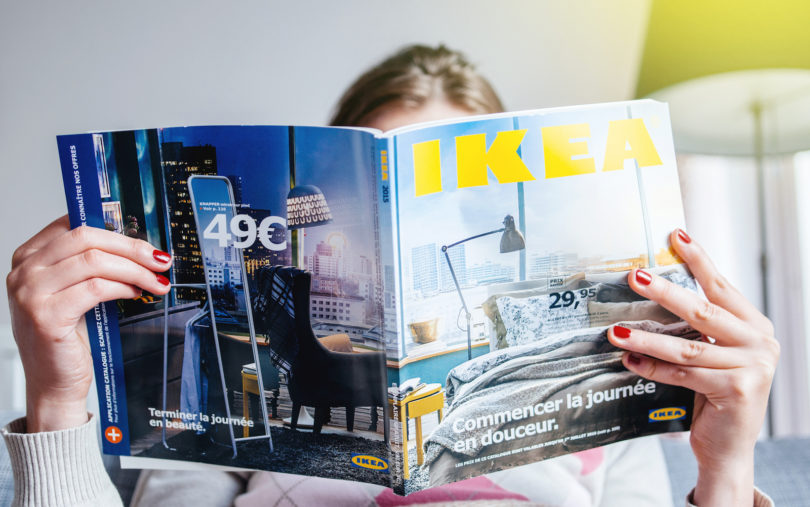
IKEA was founded in 1943 by Swedish entrepreneur Ingvar Kamprad who, at 17-years-old and after receiving money from his father for academic performance, launches the retail business. According to the historical timeline on the IKEA website, the business initially sold consumer products such as pens, wallets and jewellery. Five years later, Kamprad makes the historic decision to include furniture in the range and several years later, published the now-iconic IKEA catalogue. He would later open a showroom in Älmhult, Sweden allowing customers to experience the well-designed low-cost furnishings for themselves. Not long after, the business begins to design and make their own furniture, due in large to risks of supplier boycotts. After an employee removes legs off of a piece of furniture to fit into a car, the concept of the flat pack and self-assembled furniture was born. From here, the rest, as they say, is history.
“The name IKEA is formed from the founder’s initials (I.K.) plus the first letters of Elmtaryd (E) and Agunnaryd (A), the farm and village where [Ingvar Kamprad] grew up. IKEA originally sells pens, wallets, picture frames, table runners, watches, jewellery and nylon stockings – meeting needs with products at reduced prices… ” it states on IKEA’s website.
Now a couple of years ago, I received an email from a PR agency working with IKEA Australia on an influencer program, known as IKEA Kollectively. It’s a nice feeling whenever a well-known company reaches out, but my mind is always on the job even when my ego is being stroked. My reply to Sophie the PR consultant was honest and direct (surprise, surprise):
Hi Sophie,
I had a look at the info you sent and of course had to do my own research.
Here’s where I am at:
On the one hand I like that IKEA’s items are affordable and that individual items can be replaced if broken etc. I like that there is a minimalistic nature of the pieces and that many really are well-designed and timeless.
On the other hand, my own experience with the furniture… means I was unhappy with the quality. I tend to be the type that focus on individual items and the uniqueness of a piece. This is not something IKEA is known for. It is, shall we say, mass produced. Something that does not gel with my idea of “slow” living.
So having said this, I am still happy to be a part of the influencer partnership as I know that I have the freedom to select pieces that I like. Now just so you know I am also extremely honest in my appraisals of businesses. It is a part of EWP mission: to be a part of conversations that are substantial and not just gloss over like a badly written advertorial.
So, while I might applaud some aspects of a brand/business/product/service, as a person who highly values critical thinking, I am also unafraid to condemn and criticise.
If this is okay by IKEA, then we can move forward ?
Of course, Sophie was really understanding of my position and thought that it would be better if we worked together on an ad-hoc basis where they “could tap into sustainable stories and issues that [I’m] passionate about”.
For reasons I can’t put my finger on now, we never did end up working together.
IKEA: The McDonalds of the furniture world?
At the National Sustainability in Business Conference, I had the good fortune to catch IKEA Australia’s Sustainability Manager Dr Kate Ringvall’s presentation. Her passion and enthusiasm for her employer was evident: “Having spent many years in government, I finally found a place where my value set is met and IKEA is meeting those every day,” she shares with the audience made up of over a hundred of Australia’s sustainability thought leaders. She explains that sustainability is at the centre of IKEA’s business strategy and that it informs how the business designs and makes their products:
“At IKEA we make products with sustainability at their heart and we sell at a price that puts them well within the reach of the many people, and that’s really one of our goals. We call this ‘democratic design’, it’s that clever combination of form, function, quality and sustainability all at a low price, and it helps all of us, including our co-workers, live a more sustainable life at home.”
After listening to her brilliant talk and reading IKEA’s People & Planet Positive strategy, I come to the conclusion that as far as big businesses go, their sustainability mission seems genuine enough. But one thought still niggled at me:
Can a company that relies on a low-cost, high-volume business model that encourages mass-consumption ever be sustainable?
Critics are sceptical of IKEA’s sustainability commitment, pointing out that IKEA produces fast furniture that is inferior quality and that the low prices encourage impulse purchasing and disposability. Ellen Rupell Shell, author of the book,“Cheap: The High Cost of Discount Culture” writes: “IKEA designs to price, challenging its talented European team to create ever-cheaper objects, and its suppliers—most of them in low-wage countries in Asia and eastern Europe—to squeeze out the lowest possible price.”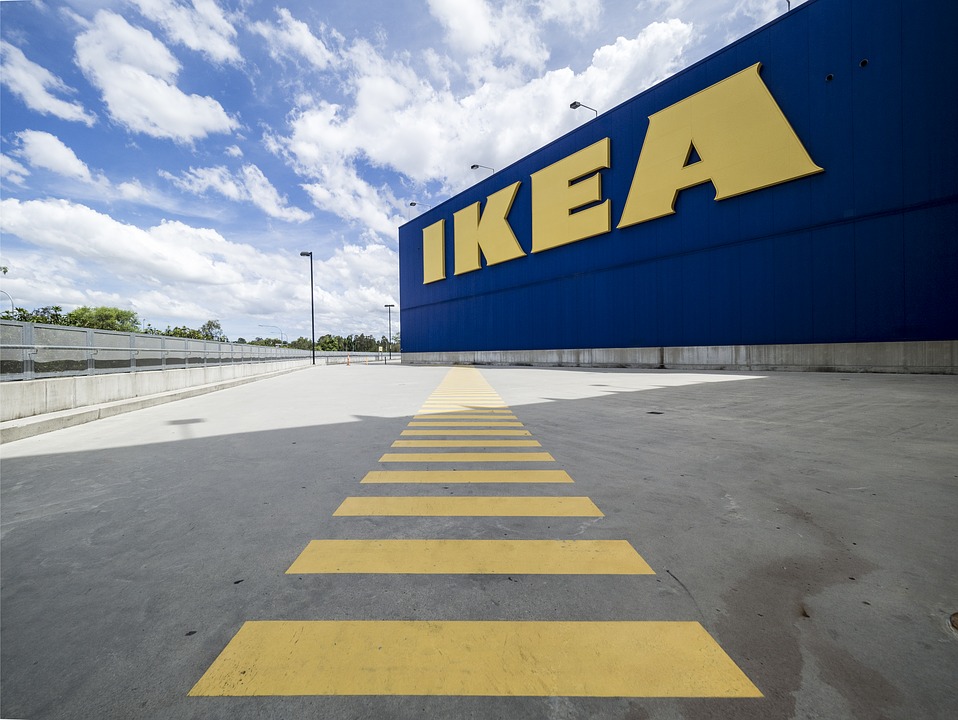
It’s easy to see IKEA as the McDonalds of the furniture world. Even if thedemocratic design process is slow (five years of designing, trialling and testing according to Dr Kate Ringvall), its production system is scarily efficient. The assumption that people value their IKEA furniture less because it’s inexpensive may be true, but the idea of someone actually disposing of furniture the way they dump fast fashion seems somewhat far-fetched. The furniture may be mass-produced and cheap, but it’s definitely not $10 t-shirt cheap. It’s more likely that the furniture is fixed if broken, donated or sold on, not dumped in the trash. Anecdotally, an IKEA bookshelf that was painstakingly self-assembled (by my ex, not me), purchased 12 years ago, now sits in my sister’s home office, still in great condition and still in vogue. Fast furniture describes the manufacture, not necessarily consumer behaviour.
IKEA’s home decor products are, of course, another story. It’s easy to imagine these items – picture frames, bath mats, vases – being tossed out in the weekly garbage after breaking. It’s easier to replace than fix many of these cheap goods.
After listening to her brilliant talk and reading IKEA’s People & Planet Positive strategy, I come to the conclusion that as far as big businesses go, their sustainability mission seems genuine enough. But one thought still niggled at me:
Can a company that relies on a low-cost, high-volume business model that encourages mass-consumption ever be sustainable?
Critics are sceptical of IKEA’s sustainability commitment, pointing out that IKEA produces fast furniture that is inferior quality and that the low prices encourage impulse purchasing and disposability. Ellen Rupell Shell, author of the book,“Cheap: The High Cost of Discount Culture” writes: “IKEA designs to price, challenging its talented European team to create ever-cheaper objects, and its suppliers—most of them in low-wage countries in Asia and eastern Europe—to squeeze out the lowest possible price.”
It’s easy to see IKEA as the McDonalds of the furniture world. Even if thedemocratic design process is slow (five years of designing, trialling and testing according to Dr Kate Ringvall), its production system is scarily efficient. The assumption that people value their IKEA furniture less because it’s inexpensive may be true, but the idea of someone actually disposing of furniture the way they dump fast fashion seems somewhat far-fetched. The furniture may be mass-produced and cheap, but it’s definitely not $10 t-shirt cheap. It’s more likely that the furniture is fixed if broken, donated or sold on, not dumped in the trash. Anecdotally, an IKEA bookshelf that was painstakingly self-assembled (by my ex, not me), purchased 12 years ago, now sits in my sister’s home office, still in great condition and still in vogue. Fast furniture describes the manufacture, not necessarily consumer behaviour.
IKEA’s home decor products are, of course, another story. It’s easy to imagine these items – picture frames, bath mats, vases – being tossed out in the weekly garbage after breaking. It’s easier to replace than fix many of these cheap goods.
This excerpt was republished with permission from Eco Warrior Princess. Read the original entire article here.


